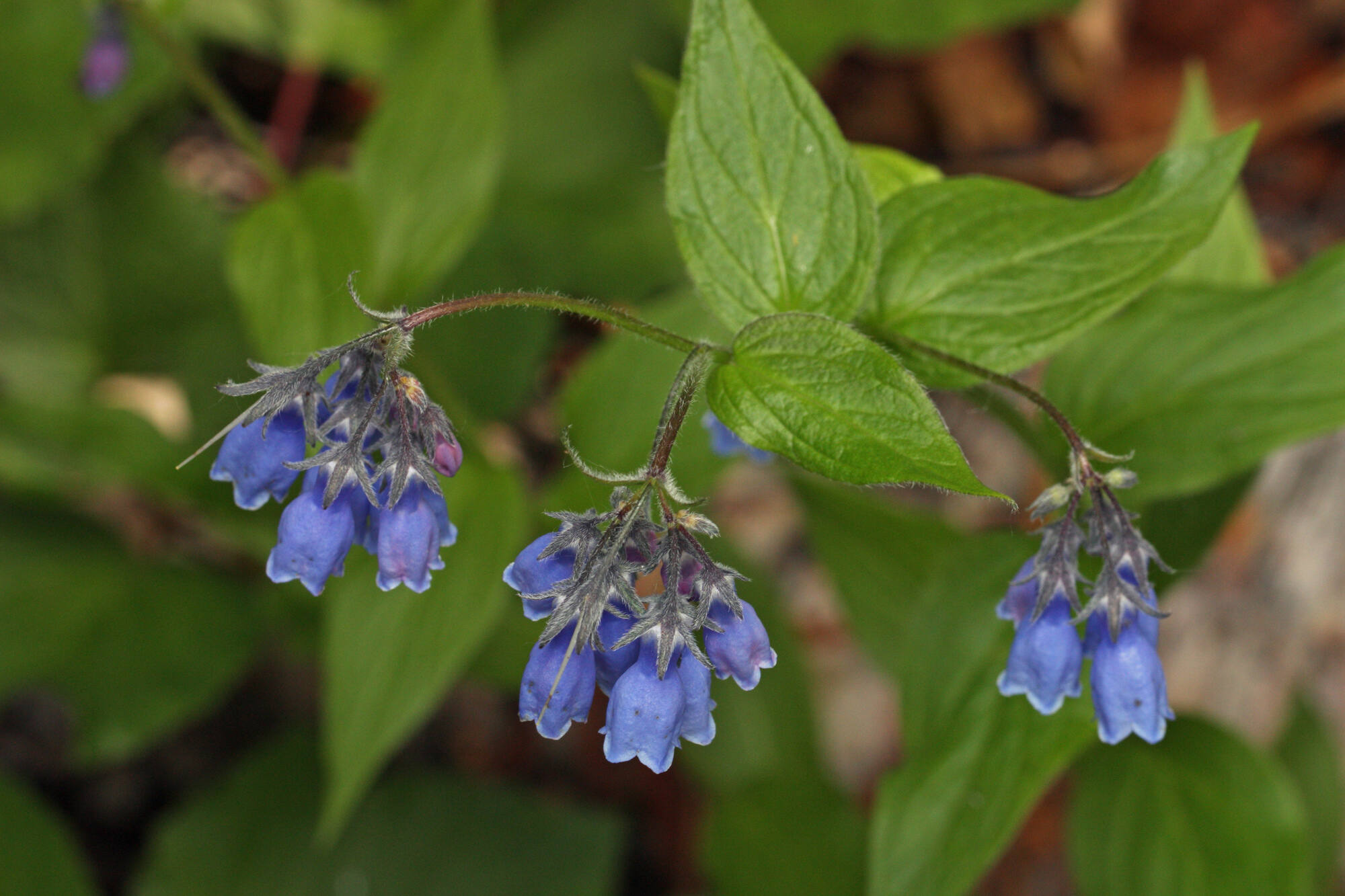
Mertensia, commonly known as bluebells, is a captivating genus of flowering plants that can add a splash of color to any garden. These plants are not just beautiful; they have a rich history and fascinating characteristics. Ever wondered why they are called bluebells? Or how many species exist within this genus? Mertensia plants thrive in various environments, from woodlands to alpine regions. They are also known for their bell-shaped flowers, which attract pollinators like bees and butterflies. Whether you’re a gardening enthusiast or just curious about nature, these 25 facts about Mertensia will surely pique your interest and deepen your appreciation for these lovely blooms.
What is Mertensia?
Mertensia, commonly known as bluebells, is a genus of flowering plants in the borage family. These plants are known for their bell-shaped flowers and vibrant colors. Let's dive into some fascinating facts about Mertensia.
-
Mertensia plants are native to North America and Asia, thriving in temperate regions.
-
The genus name, Mertensia, honors the German botanist Franz Carl Mertens.
-
These plants are perennial, meaning they live for more than two years, often blooming annually.
-
Mertensia flowers typically bloom in spring, adding a splash of color to gardens and wild landscapes.
-
The flowers of Mertensia are usually blue, but some species can produce pink or white blooms.
Unique Characteristics of Mertensia
Mertensia plants have some unique features that set them apart from other flowering plants. Here are a few interesting characteristics.
-
The leaves of Mertensia are often smooth and waxy, helping to retain moisture.
-
Mertensia flowers have a tubular shape, which is particularly attractive to pollinators like bees and butterflies.
-
The plants can grow in a variety of soil types, although they prefer well-drained, moist soil.
-
Mertensia species are known for their ability to thrive in partial shade, making them versatile garden plants.
-
Some Mertensia species have medicinal properties and have been used in traditional medicine.
Popular Species of Mertensia
There are several species within the Mertensia genus, each with its own unique traits. Here are some of the most popular ones.
-
Mertensia virginica, also known as Virginia bluebells, is one of the most well-known species.
-
Mertensia maritima, or oysterleaf, is notable for its leaves that taste like oysters.
-
Mertensia paniculata, commonly called tall bluebells, can grow up to 3 feet tall.
-
Mertensia ciliata, or mountain bluebells, are found in high-altitude regions.
-
Mertensia lanceolata, known as lance-leaved bluebells, have narrow, lance-shaped leaves.
Growing and Caring for Mertensia
If you're interested in adding Mertensia to your garden, here are some tips on how to grow and care for these beautiful plants.
-
Plant Mertensia in early spring or fall for the best results.
-
Ensure the soil is well-drained and rich in organic matter to support healthy growth.
-
Water the plants regularly, especially during dry spells, to keep the soil moist.
-
Mulch around the base of the plants to retain moisture and suppress weeds.
-
Deadhead spent flowers to encourage more blooms and prevent self-seeding.
Fun Facts About Mertensia
Mertensia plants have some fun and quirky facts that make them even more interesting. Here are a few to tickle your curiosity.
-
The blue color of Mertensia flowers can change to pink as they age, adding a dynamic touch to your garden.
-
Mertensia maritima is sometimes called "sea bluebells" because it grows near coastal areas.
-
Some species of Mertensia are edible and can be used in salads or as garnishes.
-
The flowers of Mertensia are often used in floral arrangements due to their striking color and shape.
-
Mertensia plants can attract hummingbirds, adding an extra layer of life and movement to your garden.
The Final Word on Mertensia
Mertensia, with its vibrant blue flowers and unique characteristics, is a fascinating plant. From its medicinal uses to its culinary applications, this plant has a lot to offer. Whether you’re a gardening enthusiast or just someone who loves learning about nature, Mertensia provides plenty of interesting facts. Its ability to thrive in various environments and its attractive appearance make it a favorite among many. Plus, knowing that it can be used in traditional medicine adds another layer of appreciation. So next time you see those blue blossoms, you’ll know a bit more about the wonders of Mertensia. Keep exploring the natural world; there’s always something new to learn!
Was this page helpful?
Our commitment to delivering trustworthy and engaging content is at the heart of what we do. Each fact on our site is contributed by real users like you, bringing a wealth of diverse insights and information. To ensure the highest standards of accuracy and reliability, our dedicated editors meticulously review each submission. This process guarantees that the facts we share are not only fascinating but also credible. Trust in our commitment to quality and authenticity as you explore and learn with us.
